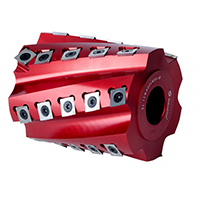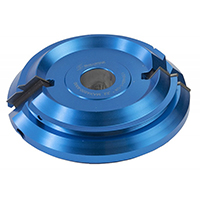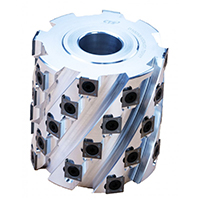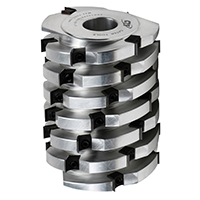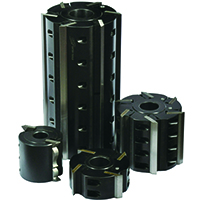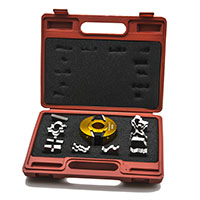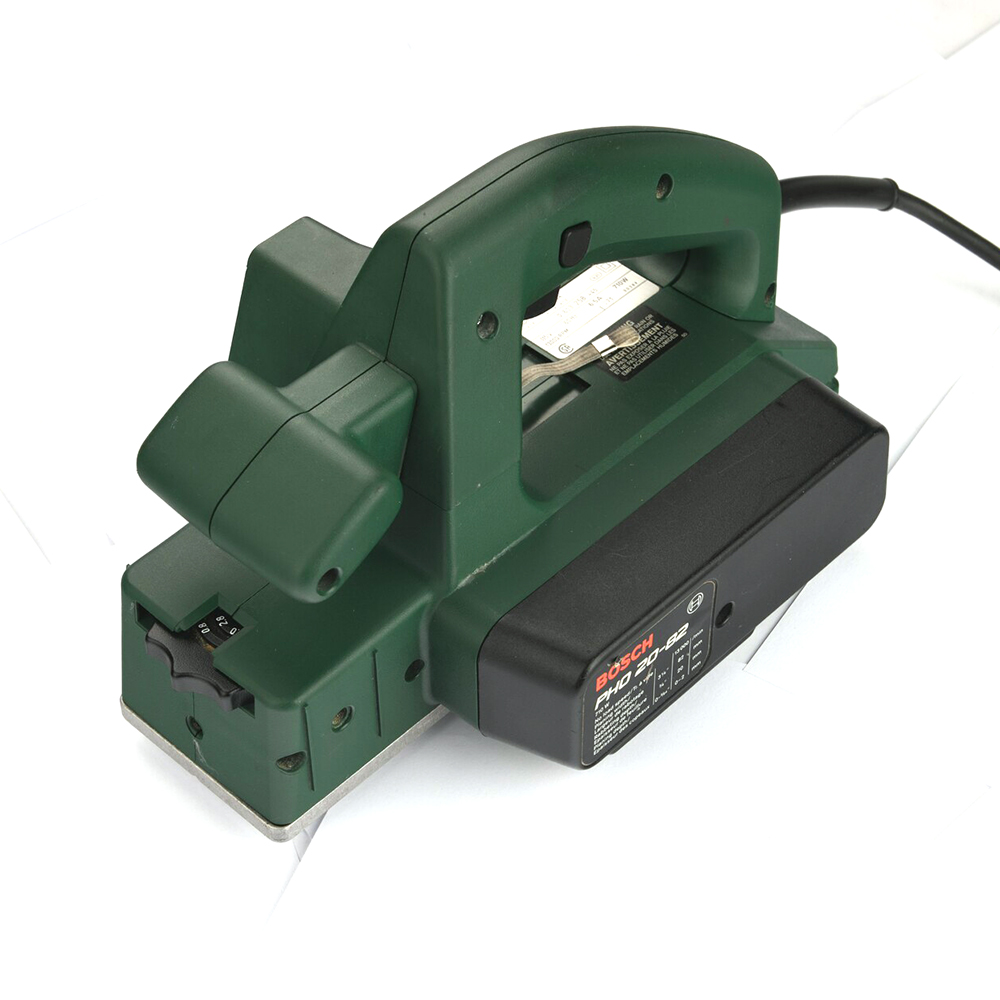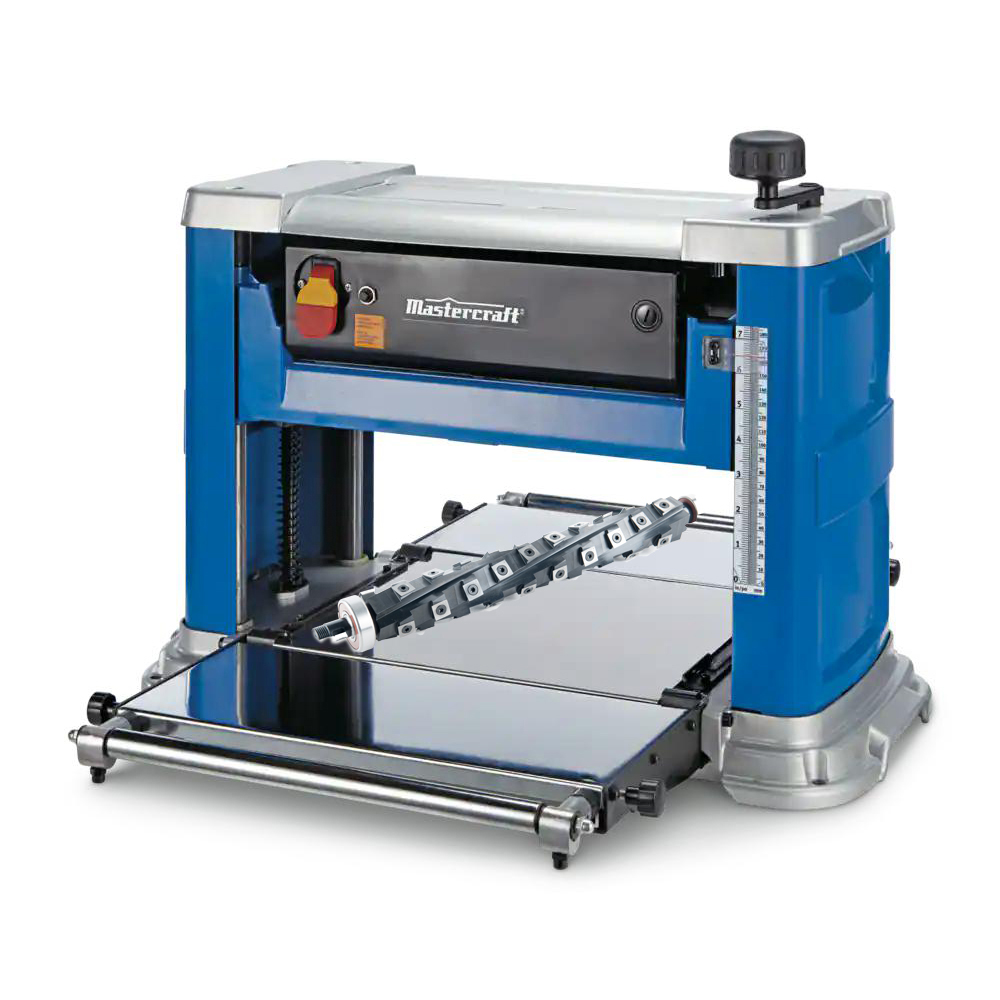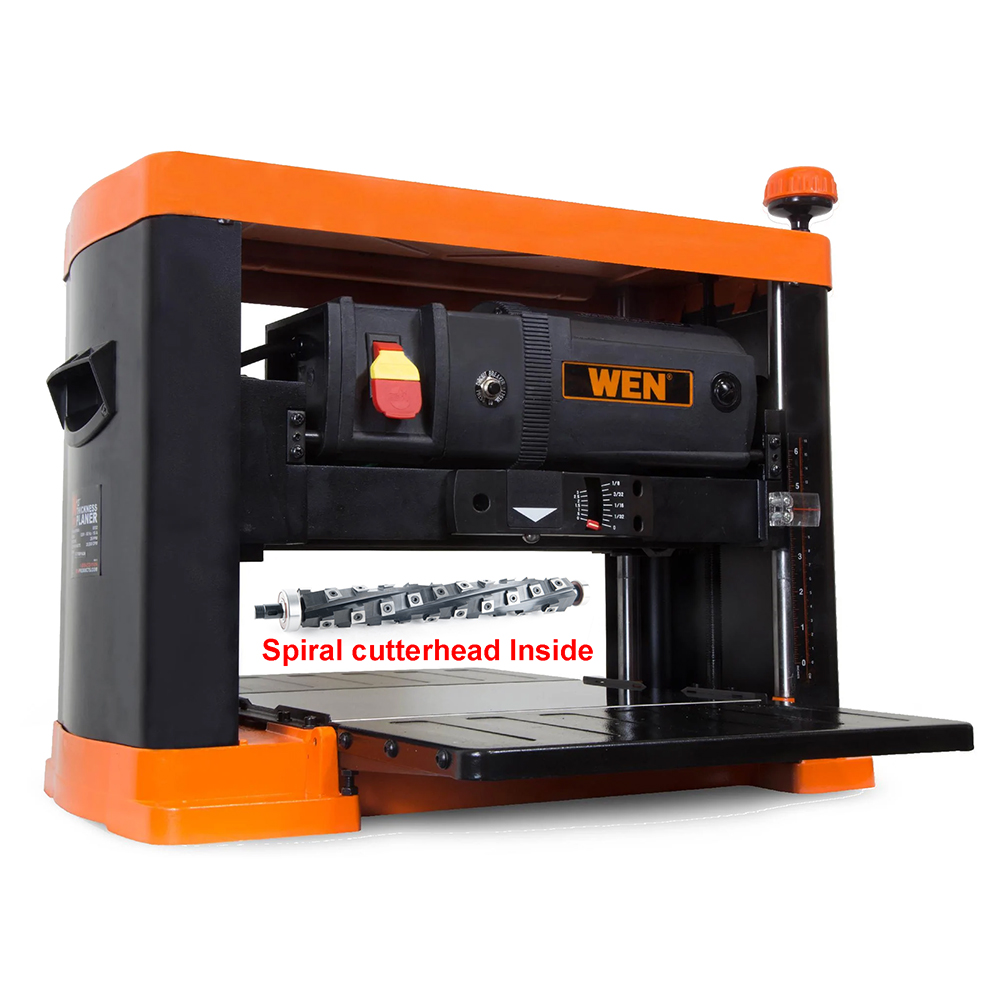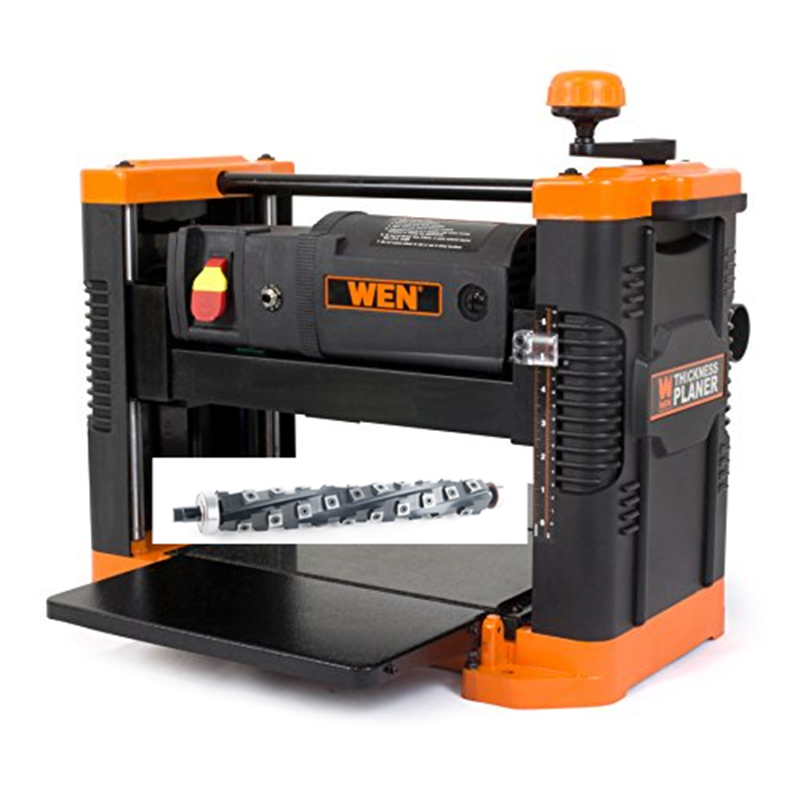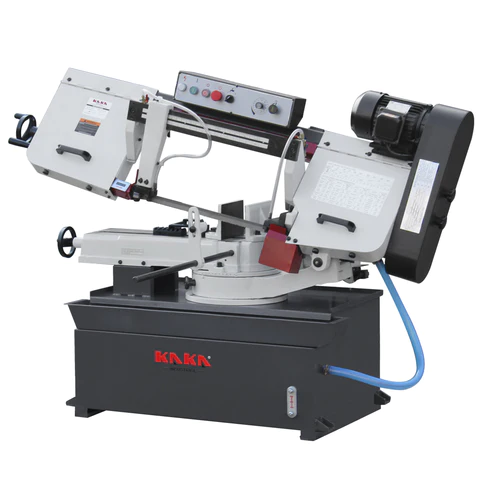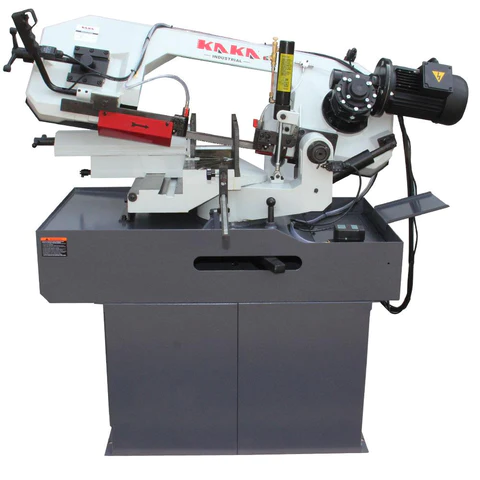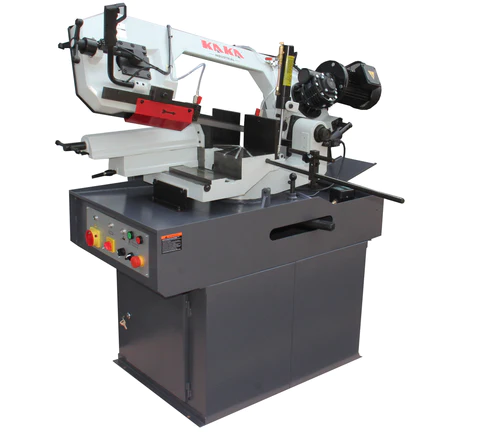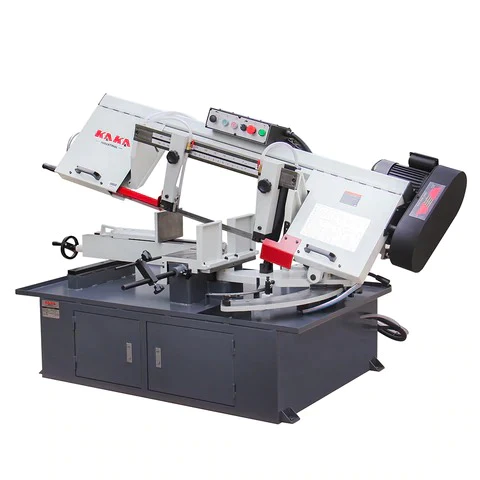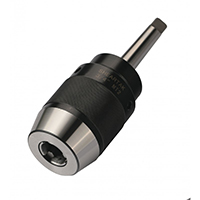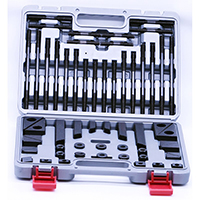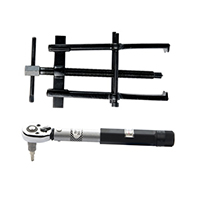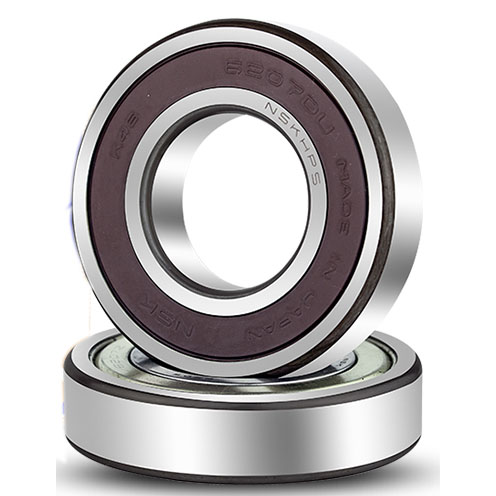Due to the abundance of misleading information about carbide inserts, I would like to provide some useful information on the topic.
1. What is carbide?
Carbide refers to a compound made up of micron-sized tungsten carbide particles with Cobalt, Vanadium, Tantalum, Nickel powders etc.. Depending on their specific properties and the metals they combined with, the specific carbides have variety of uses and applications.
2. How carbide inserts are made?
Power manufacturing
a) Mixing generally refers to the process of mixing a carbide compound with other materials to produce a desired outcome, to create wide range of products with varying properties. For example, tungsten carbide can be mixed with cobalt to produce a material with high strength and wear resistance, which is commonly used in cutting tools.
b) Milling is the process of grinding the mixed compound. The purpose of carbide milling is to break down the compound into smaller particles or grains.
c) Spray Drying is a process used to produce fine, uniform carbide powders for a variety of industrial applications.
The process involves atomizing a liquid suspension of carbide particles into a heated chamber, where the droplets of the suspension are rapidly dried and solidified into fine powder particles.
d) Sieving is a process used to separate carbide particles of different sizes, which involves passing a mixture of particles through a series of screens with different sized openings. Carbide sieving is an important step in the production of carbide powders, as it ensures that the particles are of a consistent size and shape, which is critical for achieving the desired properties of the final product.
Pressing
Pressing is a process used to form carbide powder into a specific shape or geometry.There are several types of carbide pressing methods, including uniaxial pressing, isostatic pressing, and hot pressing. Each method has its own advantages and disadvantages and is chosen based on the specific properties and shape requirements of the final carbide component.
Carbide sintering is a process used to produce dense, high-strength carbide components. It involves the use of a powdered carbide material that is compacted into the desired shape and then heated to a high temperature in a furnace. During the sintering process, the carbide powder particles are heated to a temperature below their melting point, causing them to bond together and form a solid mass.
Sintering
Sintering process is to heat the shaped carbides to a high temperature in a furnace, typically in a controlled atmosphere to prevent oxidation. As the temperature increases, the binder material begins to burn off, leaving behind the carbide powder particles. At a certain temperature, the carbide particles begin to bond together, forming a solid mass. Finally, the sintered carbide component is cooled.
The process takes several hours.
Carbide sintering is a precise and complex process that requires careful control of temperature, pressure, and atmosphere to achieve the desired properties of the final product.
Grinding
a) Flat griding is a machining process used to remove material from a flat carbide surface to achieve high accuracy and consistency in the final surface finish.
b) Carbide edge grinding is a precision machining process that's employed to shape and sharpen the straight, angled, or radius edges of carbide cutting tools. It's a crucial process that ensures the interchangeability and consistency of the tools, guaranteeing optimal performance and high quality.
Quality Control
a) Material Analysis refers to the process of evaluating and characterizing the physical and chemical properties of a material. There are various techniques used for material analysis, including spectroscopy, microscopy, chromatography, thermal analysis, and mechanical testing, among others.
b) Dimension Control ensures that the carbide inserts meets the required standards and meet the intended requirements.
Packing and shipping
3. For woodworking tools, what are the common grades that carbide inserts are made to?
US-Code ISO-Code
C3++ K05-K10
C3 K10
C2 K20
4. Is Solid Carbide K10 better than Sintered Tungsten Carbide?
Carbide inserts are manufactured through the sintering process, meaning that all carbide inserts are sintered carbide inserts. Solid carbide tools are those in which the entire component is composed of carbide, and this distinction is typically used to differentiate them from T.C.T. (Tungsten Carbide Tipped) tools.
K10 is a particular grade of carbide, and it is incorrect to assert that K10 grade solid carbide denotes Sintered Tungsten Carbide, just as it is not accurate to claim that cappuccino is superior in taste to coffee. It is worth noting that there are numerous misleading articles on blogs and forums that are written by individuals with limited knowledge of metallurgy and tools, who may have received payment for their content.

